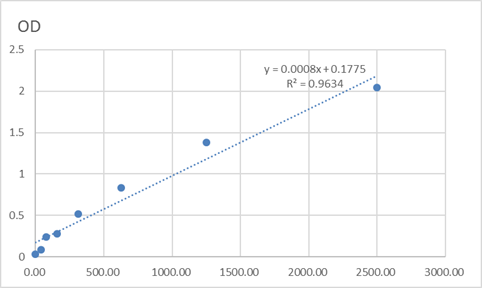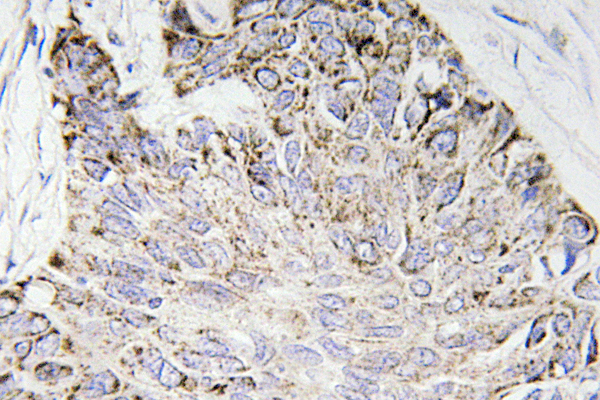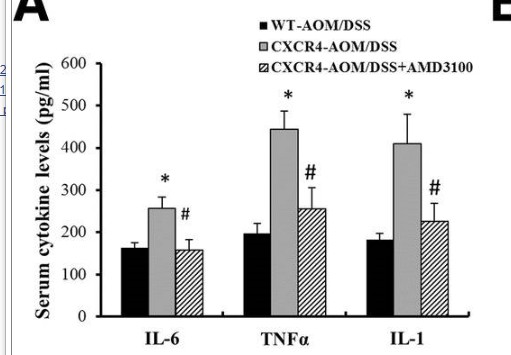Cleaved-Caspase-4 p20 (Q81) Cell-Based Colorimetric ELISA Kit
- Catalog No.:KA3937C
- Applications:ELISA
- Reactivity:Human
- Gene Name:
- CASP4
- Protein Name:
- Caspase4
- Human Gene Id:
- 837
- Human Swiss Prot No:
- P49662
- Mouse Swiss Prot No:
- P70343
- Storage Stability:
- 2-8°C/6 months
- Other Name:
- Caspase-4 (CASP-4) (EC 3.4.22.57) (ICE(rel)-II) (Protease ICH-2) (Protease TX) [Cleaved into: Caspase-4 subunit 1;Caspase-4 subunit 2]
- Detection Method:
- Colorimetric
- Background:
- catalytic activity:Strict requirement for Asp at the P1 position. It has a preferred cleavage sequence of Tyr-Val-Ala-Asp-|- but also cleaves at Asp-Glu-Val-Asp-|-.,function:Involved in the activation cascade of caspases responsible for apoptosis execution. Cleaves caspase-1.,PTM:The two subunits are derived from the precursor sequence by an autocatalytic mechanism or by cleavage by Caspase-8.,similarity:Belongs to the peptidase C14A family.,similarity:Contains 1 CARD domain.,subunit:Heterotetramer that consists of two anti-parallel arranged heterodimers, each one formed by a small and a large subunit.,tissue specificity:Widely expressed, with highest levels in spleen and lung. Moderate expression in heart and liver, low expression in skeletal muscle, kidney and testis. Not found in the brain.,
- Function:
- proteolysis, apoptosis, induction of apoptosis, cell death, regulation of cell death, positive regulation of cell death,programmed cell death, induction of programmed cell death, death, regulation of apoptosis, positive regulation of apoptosis, regulation of programmed cell death, positive regulation of programmed cell death,
- Subcellular Location:
- Cytoplasm, cytosol . Endoplasmic reticulum membrane ; Peripheral membrane protein ; Cytoplasmic side . Mitochondrion . Inflammasome . Secreted . Predominantly localizes to the endoplasmic reticulum (ER). Association with the ER membrane requires TMEM214 (PubMed:15123740). Released in the extracellular milieu by keratinocytes following UVB irradiation (PubMed:22246630). .
- Expression:
- Widely expressed, including in keratinocytes and colonic and small intestinal epithelial cells (at protein level). Not detected in brain.
- June 19-2018
- WESTERN IMMUNOBLOTTING PROTOCOL
- June 19-2018
- IMMUNOHISTOCHEMISTRY-PARAFFIN PROTOCOL
- June 19-2018
- IMMUNOFLUORESCENCE PROTOCOL
- September 08-2020
- FLOW-CYTOMEYRT-PROTOCOL
- May 20-2022
- Cell-Based ELISA│解您多样本WB检测之困扰
- July 13-2018
- CELL-BASED-ELISA-PROTOCOL-FOR-ACETYL-PROTEIN
- July 13-2018
- CELL-BASED-ELISA-PROTOCOL-FOR-PHOSPHO-PROTEIN
- July 13-2018
- Antibody-FAQs

.jpg)

